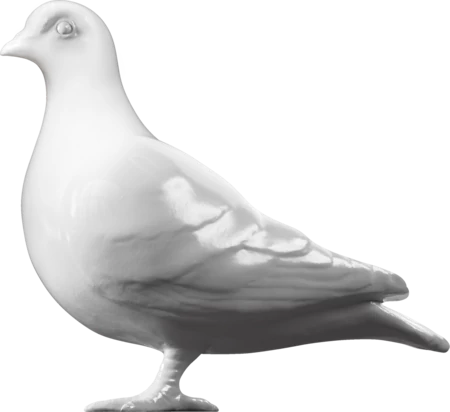Social History — C. 1770
Bottle, medicine bottle
'Daffy's Elixir', also known as 'Elixir Salutis', was invented by the Leicestershire clergyman Thomas Daffy in around 1650. This 'quack' medicine was a syrup designed to relieve cold and flu symptoms. Its main ingredient was the laxative senna. One of Thomas's relatives, Anthony Daffy, successfully marketed the product in London. Rival versions of the elixir then began to appear on the market.
This bottle of 'True Daffy's Elixir' was manufactured by the firm of Dicey and Co. which had a warehouse in Bow Churchyard, off Cheapside. The Diceys became arguably the most significant publishers of cheap printed material in London during the second half of the eighteenth century. They published prints, ballads, maps, chapbooks, shop bills and also a regional newspaper, the Northampton Mercury. William Dicey and his son Cluer took over the business in 1736. William's sister Elizabeth had been married to the original owner, John Cluer. William diversified into the patent medicine trade, selling Daffy's Elixir and Dr Bateman's Pectoral Drops, among other remedies. The company distributed its products on a national scale, but also exported to the American colonies. Cluer Dicey died a wealthy gentleman in Leicestershire. His epitaph was written by the 'bluestocking' Hannah More, a family friend.
- Category:
- Social History
- Object ID:
- A26202
- Object name:
- bottle, medicine bottle
- Object type:
- Artist/Maker:
- Dicey & Co.
- Related people:
- Related events:
- Related places:
10 Bow Churchyard, City of London, London [City of London], City of London
- Production date:
- c. 1770
- Material:
glass
- Measurements/duration:
- H 114 mm, W 75 mm, D 48 mm (overall)
- Part of:
- —
- On display:
- —
- Record quality:
- 100%
- Part of this object:
- —
- Owner Status & Credit:
Permanent collection
- Copyright holder:
digital image © London Museum
- Image credit:
- —
- Creative commons usage:
- —
- License this image:
To license this image for commercial use, please contact the London Museum Picture Library.
